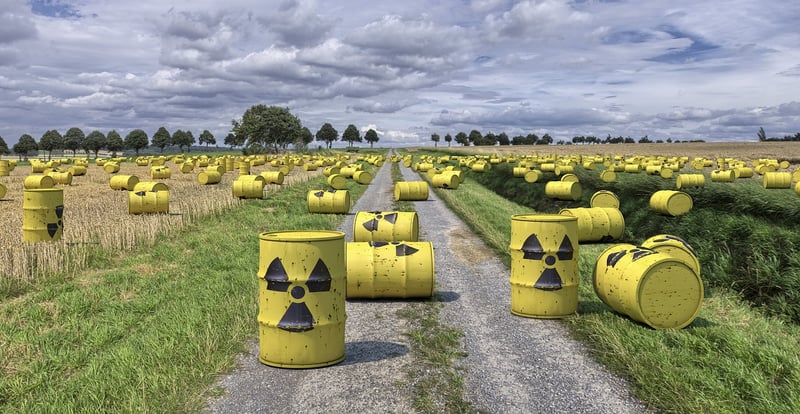Waste Reduction Strategies
Effective Upcycling and Waste Reduction Strategies
Introduction
Upcycling is a creative way to repurpose items that would otherwise end up in landfills, contributing to waste reduction and environmental sustainability. By giving new life to old items, you can reduce your carbon footprint and create unique, personalized pieces for your home. Here are some effective upcycling techniques and waste reduction strategies to help you get started.
1. Repurpose Old Furniture
Instead of throwing away old furniture, consider giving it a new look with a fresh coat of paint or new upholstery. You can also repurpose furniture by converting an old dresser into a kitchen island or transforming a ladder into a bookshelf.

2. Create DIY Home Decor
Instead of buying new home decor items, consider making your own using materials you already have at home. You can turn old jars into candle holders, transform wine bottles into vases, or repurpose tin cans into plant pots.

3. Upcycle Clothing
Give old clothing a new lease on life by upcycling them into new garments or accessories. You can turn old jeans into shorts, transform a t-shirt into a tote bag, or repurpose a dress into a skirt.

4. Reduce Food Waste
Plan your meals ahead, store food properly, and use leftovers creatively to reduce food waste. You can also compost food scraps to create nutrient-rich soil for your garden.
5. Recycle and Donate
Recycle items that cannot be upcycled and donate things you no longer need to reduce waste. By giving away items that are still in good condition, you can help others while minimizing your environmental impact.
Conclusion
By incorporating upcycling techniques and waste reduction strategies into your daily life, you can make a positive impact on the environment and contribute to a more sustainable future. Get creative, have fun, and join the movement towards a greener, more eco-friendly lifestyle!
